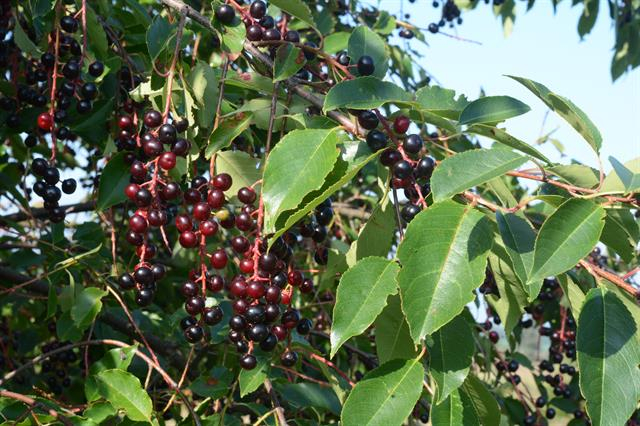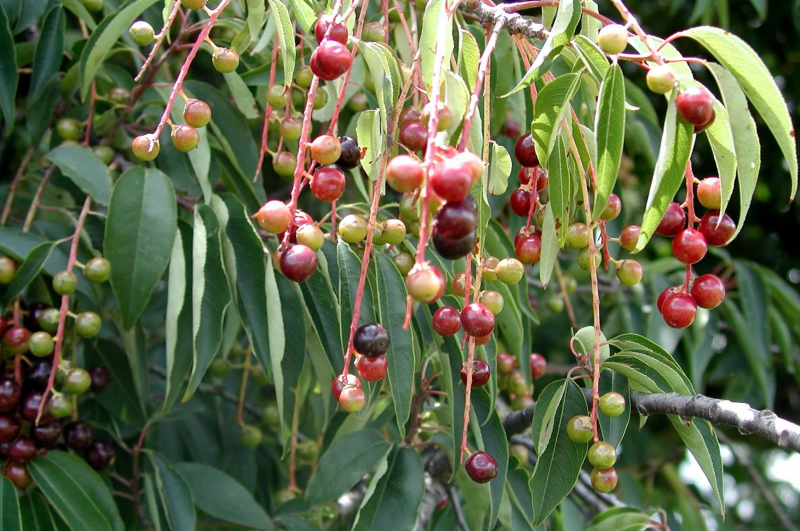Capulin
Capulin cherries, botanically classified as Prunus salicifolia, are sweet-tart fruits belonging to the Rosaceae family. The small fruits develop in loose clusters of 15 to 20 cherries and grow on semi-deciduous trees reaching 12 to 15 meters in height. The trees can also bear more than one crop per season. If you plan to travel to Peru, you should not neglect Capulin fruit. It is one of the most well-known cherries in Peru. This outstanding fruit is native to Central America, Mexico, and Bolivia. Gradually, it is cultivated in many tropical regions worldwide. The fruit trees are grown on a small scale commercially but are primarily found in the wild or planted in home gardens.
The size of capulin cherries is modest, ranging from 1 to 3 centimeters in diameter, and they have a round to ovate shape with uniformly curved edges. The skin of the fruit is paper-thin, smooth, glossy, and delicate, with colors ranging from brilliant red to red-green to maroon, practically black. The variegated flesh has a firm, watery, and crisp, juicy quality underneath the skin and is found in hues ranging from pale green, and red, to golden yellow. The flesh also has a sizable central pit with a bitter kernel inside of it. Capulin cherries must reach full maturity before they develop a sweeter flavor because they are unpleasant when immature. In general, ripe capulin cherries darken in color and, depending on the type, have a somewhat sweet-tart, occasionally astringent flavor with a bitter finish.












